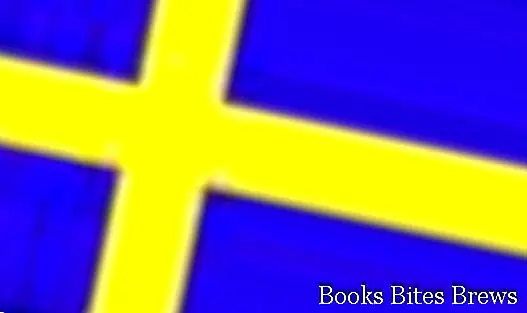Useful information about Sweden, including all the things to know before leaving for a trip or a holiday in this state located on the eastern side of the Scandinavian peninsula.
Sweden in a nutshell
- Capital: Stockholm
- Area in sq km: 449,964 sq km (including 38,459 sq km of internal waters)
- Population: 9,118,954 (first half of 2007)
- Religion: Protestant majority (Lutheran).
Where is it
Sweden occupies the eastern side of the Scandinavian peninsula, is bordered to the west and north with Norway, to the north and north-east with Finland, is washed to the south by the Kattegat, to the southeast by the Baltic Sea and to the east by the Gulf of Bothnia. In the north-eastern end of the country is the region of Lapland, shared with Norway and Finland, while along the border with Norway runs the mountain range of the Scandinavian Alps, formed in part by plateaus partially covered by glaciers and lakes.
The chain lowers from north to south and eastwards slopes down with a series of terraces to the sea, where a coastal plain extends. Even in the southern end of the country there is a plain that together with a relatively mild climate favored agricultural activity. The main islands of Sweden are Gotland and Öland (Baltic Sea).
Hydrography
The lakes have a glacial origin and cover about 8% of the country's surface; rivers are mainly steep and often interrupted by waterfalls (they constitute an important reserve of electricity), most of them run parallel from north west to south east and many originate from lakes. The main lakes are: Vänern, Vättern, Mälaren and the major rivers are: Angermanälven, Dalälven, Klarälven, Umeälven, Torneälven.
Climate
Sweden's climate varies according to latitude. In the northern part of the country the climate in winter is very harsh, while in the southern part and on the coasts it is more temperate, thanks to the influence of the Gulf Stream. Winters are long and last from October to May, summers are short and with more uniform temperatures across the country.
Midnight Sun
In the regions above the Arctic circle, in summer, the sun does not set for two almost months and it is possible to witness the phenomenon of the midnight sun.
Population
The majority of the population is Swedish (about 90%); the remainder is made up of populations from other Nordic, European and non-European countries. The minorities of the Finnish northeast populations and the Sami people of Swedish Lapland, who live in Sweden, have their own specific ethnic identity and culture. Population density is very low, and is mainly concentrated in the southern part of the country.
Time zone
In Sweden the time is the same as in Italy.
Spoken language
The official language of Sweden and Swedish. English is spoken by the majority of Swedes.
Economy
The Swedes have a high standard of living, they can count on a very efficient welfare state as well as an excellent communication and transport system. There are important natural resources on the territory (iron ore deposits, significant forest resources and hydroelectric energy), to which the industrial sectors of paper, cellulose and metallurgical industry are connected. The engineering sector is significant, accounting for about half of industrial production and exports. Agriculture employs a minimal percentage of the Swedish workforce, the main products are: sugar beet, wheat, barley and potatoes. Typical of this country is the breeding of reindeer and fur animals. The tourism sector is growing.
When to go
In Sweden, the summer runs from mid-June to mid-August: in this period the days are very long and above the Arctic circle, in the months of June and July it almost never gets dark. It is possible to witness the phenomenon of the midnight sun, it is also a holiday time for the Swedes and it is also the best time to visit this country.
Recommended readings- Sweden: useful information
- Goteborg (Sweden): what to see
- Stockholm (Sweden): what to see
Necessary documents
In order to enter Sweden, Italian citizens need an identity card valid for travel abroad or a passport. The country is part of the European Union and adheres to the Schengen agreement.
Phone
- The international prefix for making calls from Italy to Sweden is: 0046
- The international prefix for making calls from Sweden to Italy is: 0039
Italian cell phones work regularly.
Electricity
The electric current is 230 V 50 Hz. Sockets type C, F.
Currency
The official currency of Sweden is the Swedish krona (SEK). ATMs are very popular and credit cards are commonly accepted.The euro is accepted (paper only) but the exchange rate is very inconvenient, so when you arrive it is advisable to exchange the euros for the Swedish currency.
How to get
By sea
there are ferries to Sweden from the ports of Germany, Denmark, Norway, Finland, Poland, the Baltic States.
By air
SAS Scandinavian Airlines and Ryanair have direct flights to Italy and Sweden. From Copenhagen airport there are train connections across the Oresund bridge to Malmö, Sweden's third largest city.




